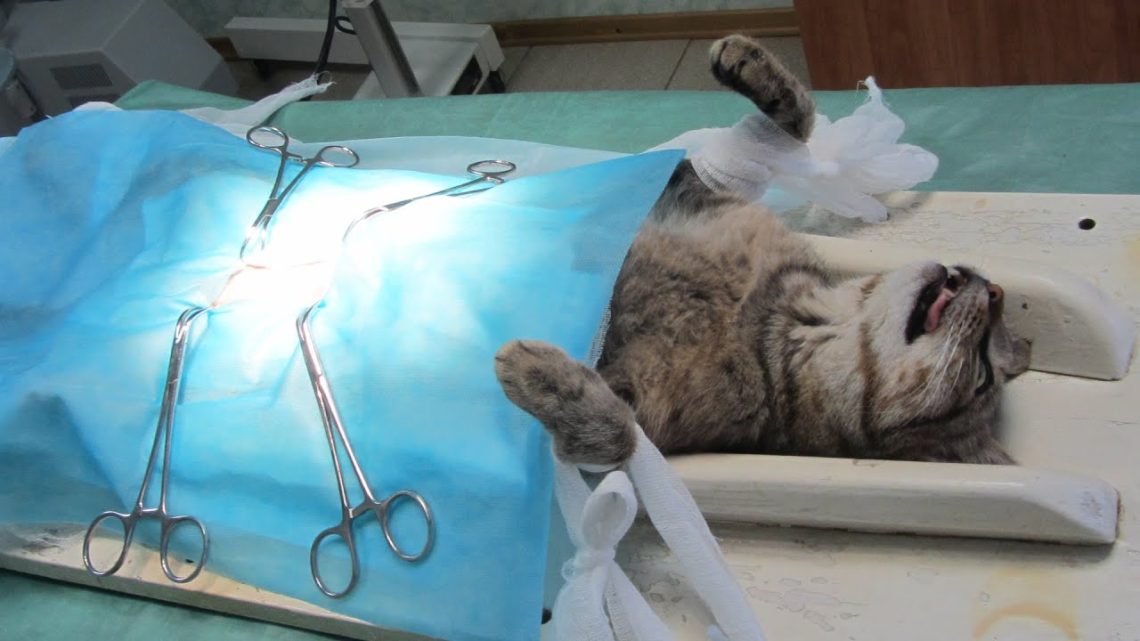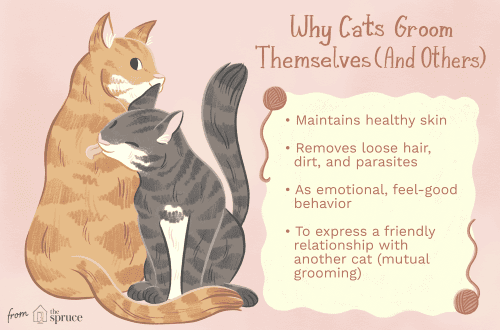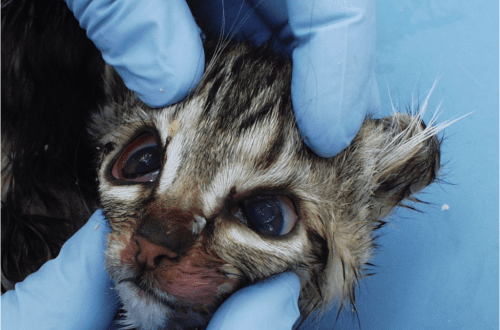
Sterilisasi anak ucing
What is sterilization? What is the difference between spaying and castration, or are they the same thing? Why sterilize or castrate a cat, what are the pros and cons of this operation? About this in our article.
Sterilization is a surgical operation aimed at depriving animals of the ability to reproduce. Often, sterilization is called castration, and vice versa. The procedure takes place under anesthesia.
When castrating a cat under anesthesia (general or local), the testicles are removed through a small incision. After the procedure, there are no stitches left: only a thread on the spermatic cord, which naturally dissolves over time. For cats, this operation is easy and takes only a few minutes.
Removal of the gonads in cats, on the contrary, is a complex abdominal operation. It involves the removal of the ovaries and, in some cases, the uterus. In total, the procedure takes about half an hour.
Sterilization and castration are not the same thing. In practice, these terms are often used interchangeably, but it is important to know the difference.
Sterilization is a surgical operation that deprives the ability to reproduce, but preserves the reproductive organs. In females, the fallopian tubes are tied or the uterus is removed while preserving the ovaries. After the operation, the instincts and behavior of the pet are preserved.
Ngamulér is a surgical operation in which the reproductive organs are removed (resection). In females, both ovaries are removed (ovariectomy – partial surgery) or they are removed together with the uterus (ovariohysterectomy – complete castration). The males have their testicles removed. After the operation, the animals have complete sexual rest throughout their lives.
Do I need to spay (neuter) my cat? This question always causes a lot of controversy. On one side of the scale – the unwillingness to subject the pet to surgery and deprive him of the “fullness” of life, on the other – behavior correction, safety, prevention of a number of diseases and, of course, the absence of the need to attach kittens.
If you analyze the pros and cons of castration, of course, there will be more pluses. The only significant disadvantage is the surgical intervention in the body, which involves certain risks. However, this is a one-time operation that a healthy pet can easily endure.
To minimize the risks, it is enough to contact a good veterinarian and follow his recommendations for post-operative care.
As for depriving a pet of the “fullness” of life, in this matter, owners too often endow animals with their feelings and values. Reproduction for animals is pure instinct, devoid of moral and ethical background. Those. if your pet never has the opportunity to have offspring, believe me, he will not feel any sadness about this.
And castration has a huge number of advantages. Firstly, the pet will not have a period of sexual hunting, which means that he will not mark the territory, meow loudly and behave aggressively, as animals do in search of a partner. And it’s not just a matter of behaviour. Exhausted by instinct, cats lose weight, their bodies weaken and become vulnerable to a variety of irritants. Add to this security: how many cats and cats ran away from home in search of a mate!
Thanks to castration, you can forget about such problems. And one more weighty plus: castration acts as a prevention of cancer and diseases of the genitourinary system. By the way, according to statistics, neutered cats live longer!
Now it is clear why to sterilize (castrate) a cat. In short, if you do not plan to breed, spaying your pet is, without a doubt, the right decision.





